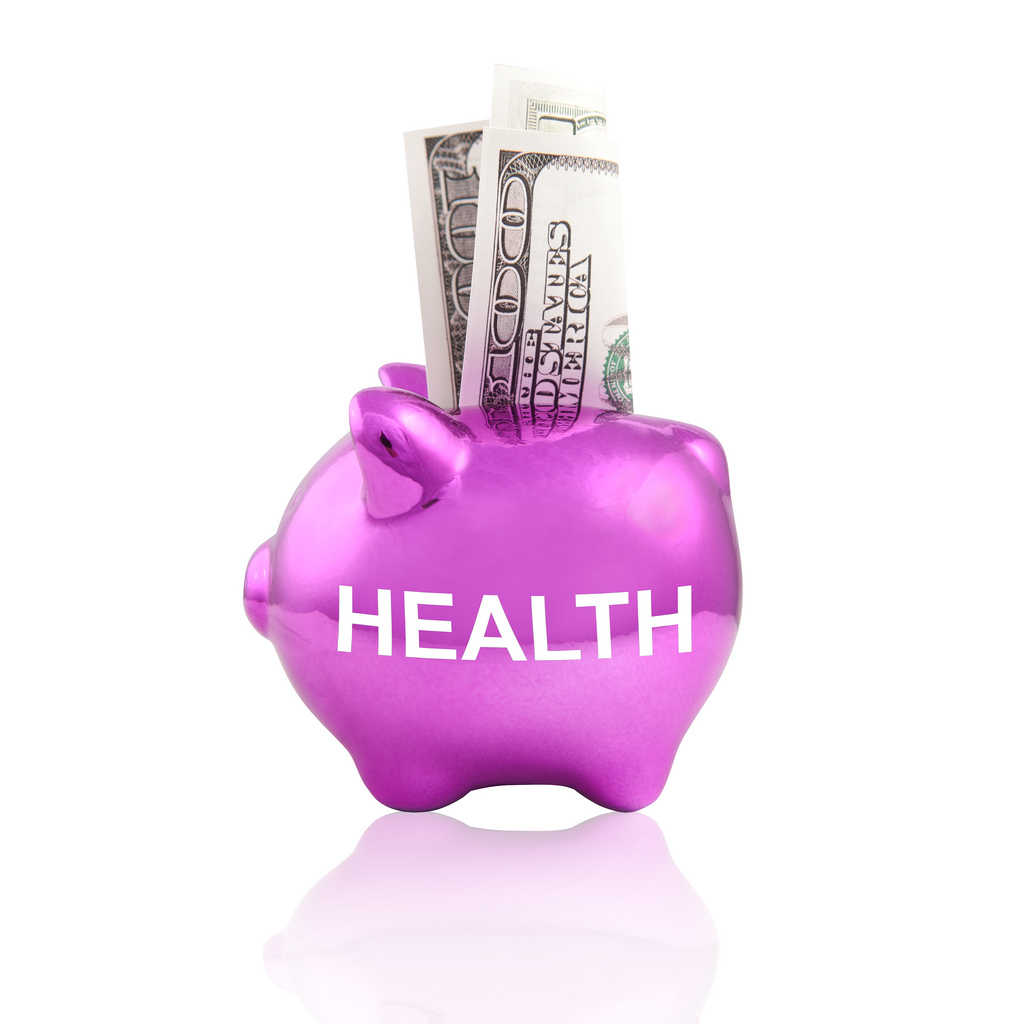AARP Hearing Center
#3 - Medicaid Expansion will improve the health of low-income Nebraskans
- Based on a review of “Nebraska Health Insurance Coverage” Census Data, the most likely transition that will occur is:

- Low-income adults between the ages of 18-64 will transition from zero coverage to Medicaid coverage, and
- A smaller number of low income adults will transition from private coverage to Medicaid.1
- To qualify for Medicaid expansion, a person would have to either be
- a working parent in a household earning between 56% and 138% of FPL ($10,690 - $26,344 for a family of three),
- a nonworking parent in a household earning between 48% and 138% of FPL ($9,163 - $26,344 for a family of three), or
- an adult without dependents between 18 and 64 with income below 138% of FPL ($0 - $15,415 for a one-person household).2
- Health disparities based on income are well-documented. A report by Gallup found that persons with incomes below $24,000 were at least 50% more likely to have high blood pressure and asthma as those with incomes above $90,000 and more than twice as likely to have diabetes and depression.3 There is evidence that providing accessto treatment of chronic conditions will promote better health outcomes.4
- In 2011, the median income for 18-64-year-old Nebraskans with Medicaid coverage was at 97% of FPL. For the uninsured it was 113% of FPL. The median income for those in the 18-64 age group with employer-sponsored health insurance was 405% of FPL.5
- A study done by Mathematica Policy Research, Inc. found that health care coverage will lead to better outcomes when it makes health care affordable and helps consumers use care appropriately.6
- Research conducted on behalf of Urban Institute found that uninsured Americans have greater difficulties in gaining access to health care than Medicaid enrollees. 42% of the uninsured lack a usual source of care compared to 12% of those enrolled in Medicaid. Despite being in better health, as a group, the uninsured were more likely to report unmet need for medical care, dental care and prescription drugs (26%) than those enrolled in Medicaid (9.8%).7
- Research conducted at the University of Virginia found that persons covered by Medicaid and the uninsured had worse surgical outcomes than persons covered by Medicare or private insurance. They did not find a significant difference between Medicaid and the uninsured. The study cites a number of factors that could cause the differences, including the economic barriers to preventive services or other measures that could promote good health.8
This fact sheet is brought to you by AARP Nebraska. For more information, contact Mark Intermill at 402-323-5424 or mintermill@aarp.org.
1 Information on the number of persons in Nebraska, their income in relation to the federal poverty level and insurance status can be found in the Bureau of Census; Table B27016; Health Insurance Coverage Status and Type by Ratio of Income to Poverty Level in the Past 12 Months by Age; Universe: Civilian noninstitutionalized population for whom poverty status is determined 2011 American Community Survey 1-Year Estimates.
http://factfinder2.census.gov/faces/tableservices/jsf/pages/productview.xhtml?pid=ACS_11_1YR_B27016&prodType=table.
2 The 2013 federal poverty guidelines were issued on January 24 by the Assistant Secretary of Planning and Evaluation for the U.S. Dept. of Health and Human Services. http://aspe.hhs.gov/poverty/13poverty.cfm
3 Mendes, Elizabeth, In U.S., Health Disparities Across Incomes Are Wide-Ranging, Gallup Bell-Being, October 10, 2010. http://www.gallup.com/poll/143696/Health-Disparities-Across-Incomes-Wide-Ranging.aspx
4 A review of state-based programs designed to improve management of chronic conditions may be found at the website of the U.S. Department of Health and Human Services Agency for Heathcare Research and Quality. http://www.ahrq.gov/professionals/systems/long-term-care/community/medicaidmgmt/index.html
5 Based on an analysis of Bureau of Census; Table B27016; Health Insurance Coverage Status and Type by Ratio of Income to Poverty Level in the Past 12 Months by Age
6 Mathematica Policy Research Inc. Issue Brief; How Does Insurance Coverage Improve Health Outcomes; April 2010 http://www.mathematica-mpr.com/publications/PDFs/Health/Reformhealthcare_IB1.pdf. This article contains an extensive bibliography of journal articles pertaining to the link between being uninsured and poor health outcomes.
7 Davidoff, Amy J; Garrett, Bowen; Yemane, Alshadye; Medicaid-Eligible Adults Who Are Not Enrolled Who Are They and Do They Get the Care They Need?; Number A-48 in Series, "New Federalism: Issues and Options for States", Urban Institute, October 2001. http://www.urban.org/publications/310378.html
8 Damien J. LaPar, MD, * Castigliano M. Bhamidipati, DO, * Carlos M. Mery, MD, MPH, * George J. Stukenborg, PhD, † David R. Jones, MD, * Bruce D. Schirmer, MD, * Irving L. Kron, MD, * and Gorav Ailawadi, MD *; Primary Payer Status Affects Mortality for Major Surgical Operations; Ann Surg. 2010 September; 252(3): 544-551. http://www.ncbi.nlm.nih.gov/pmc/articles/PMC3071622/#R9































































